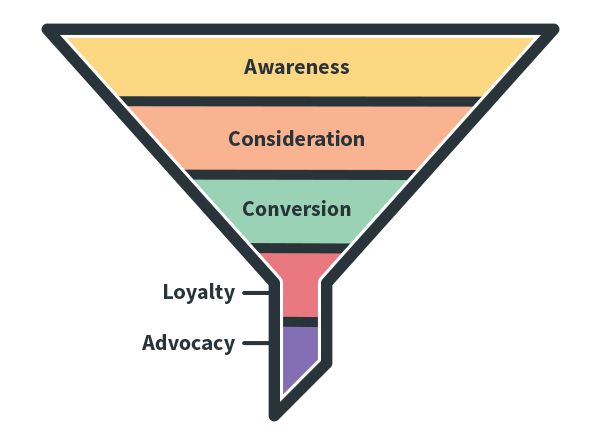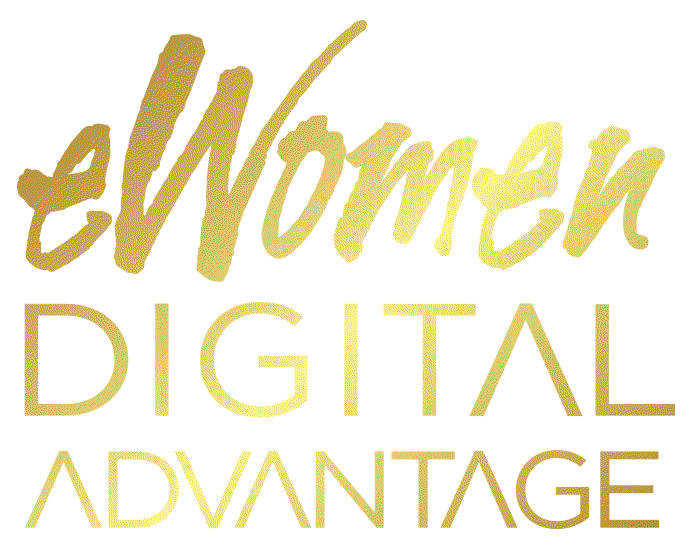Whether your business is service-based or brick-and-mortar, you need an effective online marketing strategy. Strategy is the key here. You can't just throw up a website and randomly post on Facebook and hope for the best. You might as well be a grain of sand in a vast ocean and hope that someone finds you. The most important thing is to define and locate your ideal online client. Once you do, then you can get to work on promoting your business to the right people at the right time in the right way.
How do you identify your ideal client? Tell us below!
Define Your Ideal Client
You probably hear a lot about the term, "target market." eWomenNetwork CEO, Sandra Yancey, says "target markets" are for big business who can afford millions of dollars in marketing and advertising to find and market to their target audience. The rest of us entrepreneurs are looking for our "ideal client."
One way to define your ideal client is to look at who is following you on twitter, commenting on your Facebook feeds, connecting with you on LinkedIN, who is opening your promotional emails and who is downloading your free offer from your website. What does their profile say? What do they like? Dislike? Where do they live? Are they married? Do they have children?
Basically, you want to know the demographics and psychographics of your audience, so you can find your ideal client.
Here's how to distinguish between demographic and psychographic audiences:
Demographic (Characteristics of a human population):
Age
Gender
Ethnicity
Income
Occupation
Geographic location
Marital Status
Disabilities
Mobility (travel time to work or number of vehicles to household)
EducationHome OwnershipNumber of children
Psychographic (Psychology or behavior of a group):
Personal values
Opinions
Political Views
Lifestyles
Behaviors
Leisure activities
Desires
Entertainment preferences
Cultural interests
Social Activities

Be Specific about Your Ideal Client
Online marketing is really no different than marketing in general. You need to define your niche very precisely. Once you do, you will be able to craft your marketing and content to meet the needs and desires of your niche or ideal client. For example, if you know what part of the world they live in, you can determine what their lifestyle might be like. Someone living in New York City will have a very different commute than someone living in Los Angeles. Someone living in Fargo, North Dakota has a very different climate than someone in Miami, Florida. Their daily routines are different, their lifestyle is different. If you want your marketing message to clearly speak to your ideal client, you need to know, really know, who they are and what they're life is like.
A great way to catch your reader's attention is to tell a story. Everything you consider writing can be told as a story.
Great stories have personality. Consider telling a great story that provides personality. Writing a story with personality for potential clients will asist with making a relationship connection. This shows up in small quirks like word choices or phrases. Write from your point of view, not from someone else's experience.
Questions to Ask Your Audience
Always remember that your marketing efforts aren’t about your brand, but what your brand can do for your ideal client. So, how do you know what you can do for your ideal client to create loyal adoring fans of your product or service? Ask them!
Here's some questions that SimplyMeasured.com came up with to help you dive deep into the mindset and behavior of your ideal client:
- What are their pain points and concerns?
- What are their goals and aspirations?
- Which values and characteristics do they identify with?
- How do they see themselves, and how do they want to see themselves?
- How do they want to be engaged with and talked to?
- What type of consumer brand experience do they want?
- What makes them feel good and what do they like?
- Who influences and motivates them?
But how do you actually ask them these questions and get them to answer? Well, one way is to provide them with a special offer like a download or free webinar. You can have them answer your questions before they receive their free gift. This is how you create a sales funnel, so you can grow your list of viable leads. Our Director of Digital Marketing for eWomenNetwork, Margaret Croom, explains in her radio interview with me on eWN Radio Network that there is a a 5-step process to creating an effective sales funnel. You can listen to the interview for details, but here they are in a nutshell:
A Section Subtitle
The 5-Step Process includes:
- Awareness - Educate, be helpful - provide educational content and build a relationship with your subscriber
- Consideration - Deliver content that is product specific, be helpful
- Conversion - Talk about the benefits of your product/service, show off your product/service, offer discounts & promotions to convince subscribers to purchase
- Loyalty - To retain your customers and instill loyalty by delighting subscribers with helpful content and awesome service
- Advocacy - Connect with your loyal customers, keep delighting your customers with awesome content and service so they will refer you to their friends.

Marketing to Your Ideal Client
By using audience interaction on your social media platforms, cultivating juicy content and creating an effective sales funnel, you are taking action on defining and locating your ideal client. Once you determine the who, what, where, when and how of your audience, you can create an effective online marketing strategy that is laser focused on attracting and clinching loyal fans who will refer you to their community.











